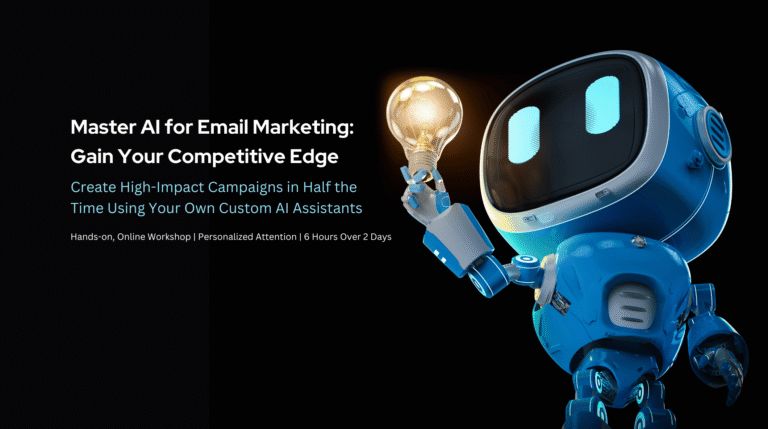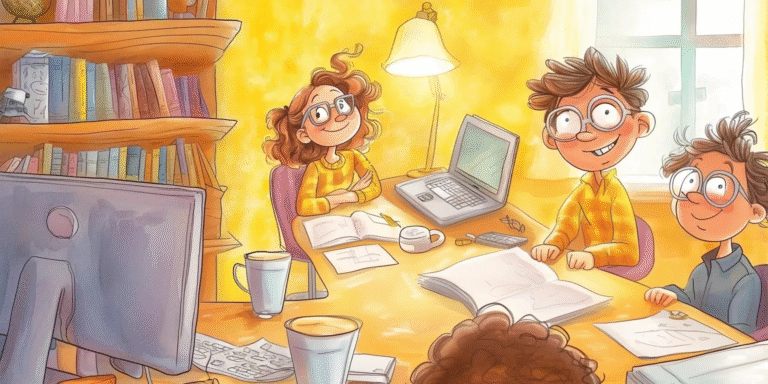The Manager’s New Core Competency: Workflow Redesign in the AI Era
The most successful AI transformations aren’t happening because companies bought the fanciest tools or hired the smartest data scientists. They’re happening because managers learned to think like work designers.
I recently attended an AI transformation event where Ravin Jesuthasan from Mercer talked about how every manager needs to develop a new muscle: the ability to deconstruct work, analyze where AI fits, and reconstruct better ways of getting things done. Not occasionally, but constantly.
Think about that for a moment. We’re not talking about a one-time digital transformation project. We’re talking about workflow redesign becoming as fundamental to management as budget planning or performance reviews.
Why Your Management Playbook Just Changed
Most managers still approach AI like they approached previous technology rollouts. They see work happening, think “I need more people,” and start drafting job descriptions. But AI flips this entire logic on its head.
The winning approach? Start with the work itself, not the hiring plan.
Ravin shared a framework that’s deceptively simple but incredibly powerful. When you look at any process in your team, you’re essentially asking three questions:
- Where can AI substitute what we’re doing?
- Where can it augment human creativity and critical thinking?
- And where does introducing AI actually create demand for entirely new work and skills?
This isn’t just about efficiency. When you truly understand your workflows at this level, you start seeing opportunities that were invisible before. Maybe that repetitive data analysis your team dreads becomes automated, freeing them up for strategic thinking. Maybe AI helps them spot patterns they never could have caught manually, leading to better decision-making across the board.
The Real Competitive Advantage
Here’s what fascinated me about the stories I heard from companies that are winning with AI: they didn’t just implement technology, they fundamentally reimagined how work gets done. And that reimagining happened at the manager level, not in some C-suite strategy session.
At Adobe, they discovered that frontline managers were the real drivers of successful AI adoption. Not the executives making proclamations, not the individual contributors trying to figure things out on their own. The managers who understood both the work and the people doing it.
This makes perfect sense when you think about it. Who else knows the daily friction points in your processes? Who else sees where people are spending time on work that could be done better, faster, or not at all? You do.
But here’s the challenge: most of us weren’t trained to think this way. We learned to manage people and projects, not to redesign fundamental workflows on the fly.
The Three-Step Framework That Changes Everything
The framework Ravin outlined is straightforward enough that you could start using it next week with your team:
- Step one is deconstructing the job or process. This means breaking down what your team actually does into specific, elemental tasks. Not job descriptions or org charts, but the real work. What does Sarah spend her Tuesday morning doing? What steps does the monthly reporting process actually involve?
- Step two is analyzing redeployment options. For each of those tasks, you’re asking where AI might substitute, augment, or transform the work. But you’re also considering other options like gig workers, agile talent pools, or simply eliminating unnecessary steps entirely.
- Step three is reconstructing a new operating model. This isn’t just plugging AI into existing processes. It’s designing new ways of working that take advantage of what’s now possible.
The magic happens when this becomes how you naturally think about work, not a special project you do once a year.
What This Looks Like in Practice
Let me give you a concrete example. One marketing manager I know was struggling with content creation bottlenecks. Instead of hiring another writer, she deconstructed the entire content workflow.
She discovered that research took up 40% of the time, first drafts another 30%, and revisions the rest. AI could handle most of the research and generate solid first drafts. But the strategic thinking about messaging and the final polish? That’s where her team’s expertise really shined.
The result wasn’t fewer people doing the same work. It was the same team producing dramatically better content because they were spending their time on high-value activities instead of information gathering and blank-page syndrome.
The Continuous Transformation Mindset
What really struck me about the most successful companies: they’ve embraced what Ravin called “collapsing the run-transform cycle.” Instead of massive transformation projects every few years, they’re constantly evolving how work gets done.
This is actually liberating once you get used to it. No more waiting for budget cycles or reorganizations to fix obvious problems. No more watching your team struggle with inefficient processes because “that’s how we’ve always done it.”
When workflow redesign becomes a core competency, you can adapt quickly when new AI capabilities emerge, when market conditions change, or when you simply discover a better way to do something.
Getting Started Without Overwhelming Your Team
I know what you’re thinking. This sounds like a lot of work on top of everything else you’re managing. But here’s the thing: you’re probably already doing informal versions of this when you help team members work through problems or streamline processes.
Start small. Pick one recurring process that your team finds frustrating. Maybe it’s how you handle client onboarding, or your weekly reporting routine, or the way project requests come in. Spend an hour mapping out exactly how it works today, then brainstorm where AI might fit.
The key is involving your team in this process. They know the work better than anyone, and they’ll often surprise you with insights about where the real opportunities are.
The Manager as Work Designer
What I love about this shift is how it reframes the manager’s role. Instead of just coordinating existing work, you become someone who actively designs better ways of working. Instead of being at the mercy of whatever processes you inherited, you’re constantly optimizing them.
This is particularly crucial now because AI capabilities are evolving so quickly. The tool that couldn’t handle your use case six months ago might be perfect for it today. The workflow that made sense last quarter might be completely outdated next quarter.
Managers who develop this work design muscle will have teams that are more productive, more engaged, and more adaptable. They’ll also be the managers that their best people want to work for, because nobody enjoys being stuck in inefficient processes when better solutions exist.
The companies that figure this out – that turn workflow redesign into an organizational capability – are going to accelerate ahead of their competitors. Not because they have better AI tools, but because they have better ways of integrating those tools into meaningful work.
Ready to become a work designer, not just a work manager? I’d love to hear about your experiments with workflow redesign and help you think through where AI might transform how your team operates. Let’s connect on LinkedIn and share what’s working (and what isn’t) in your organization.







